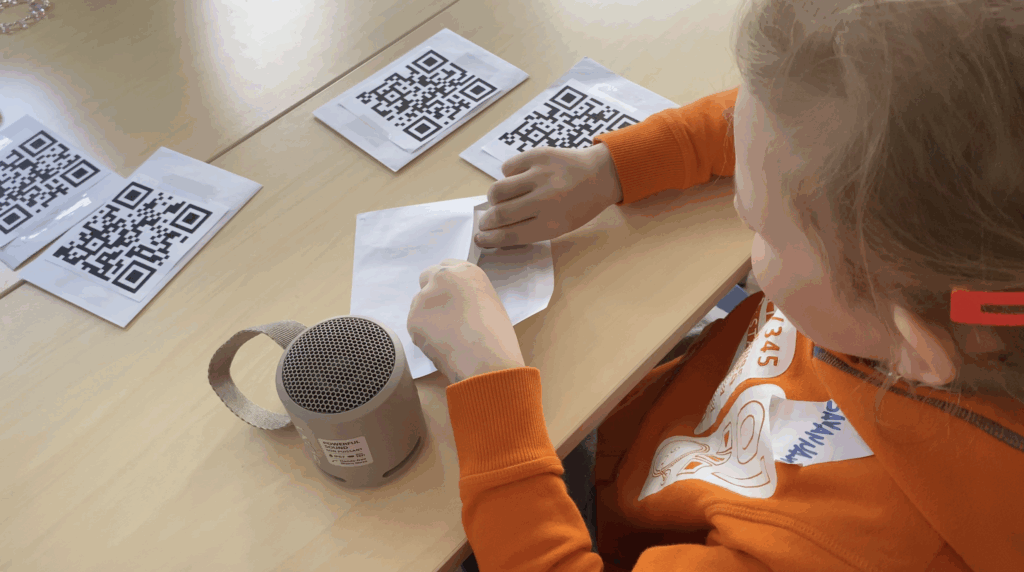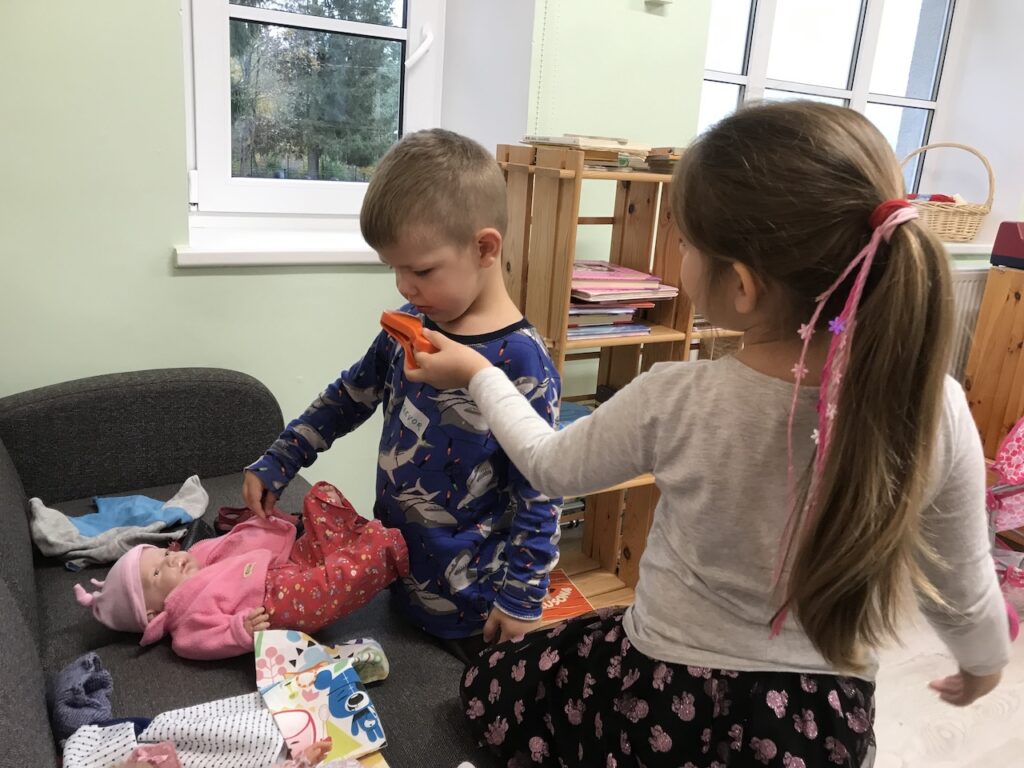EECERA Conference 2025 – Guest Blog # 28: Music and interactive tools in supporting language and speech development:
Posted 22nd August 2025
One of a series of short blog posts by presenters who will be sharing their work at the upcoming annual conference in Bratislava, Slovakia. Any views expressed in this post are those of the author(s) and do not necessarily reflect the official stance of their affiliated institution or EECERA.
Music and interactive tools in supporting language and speech development:
Kindergarten teachers’ assessments, experiences and feedback
By Elyna Heinmäe, Kaire Kollom, Heddi Reinsalu and Kerstin Kööp (Tallinn University,
Estonia)

By Elyna Heinmäe
Did you know that tapping to a beat can help children learn words? Or that recording
their voices can make them braver speakers? These small experiences can make a
big difference in language learning.
Why Music and Technology Matter for Language Learning
Language and speech go hand in hand, and the preschool years are a particularly critical time for developing these skills. But what helps children learn best? Decades of research tell us that social interaction is essential. Vygotsky famously argued that language evolves through communication with others — whether adults or peers — creating real opportunities for children to practice and grow.
Motivation plays a huge role in language learning. When children feel joy and experience success while using a new language during play, they are much more likely to stay involved and eager to learn more. Teachers have a key role in making this happen by creating an environment that sparks curiosity and encourages active participation. Music brings an extra dimension. Rhythm and melody can do more than entertain — they help children listen more carefully, remember words, and even improve pronunciation. Musical activities, therefore, open up creative and playful pathways for language learning. Technology adds yet another layer. Interactive tools, such as audio recorders or digital games, can make the learning process more dynamic and enjoyable. They give children the chance to participate in new ways and build confidence. When music, technology, and play come together, they create exciting opportunities for children to develop their language skills naturally and engagingly.

What We Wanted to Find Out
Against this background, we asked: How do kindergarten teachers view their role in
supporting language development with music and interactive tools?
To explore this, we collected teachers’ personal experiences and reflections. We
used a mixed-methods approach, combining an online survey for a broad overview
with semi-structured interviews for deeper insights.
Our research was guided by questions such as:
● What activities do teachers see as most important for language and speech development?
● Why do they choose music and interactive tools—and what criteria shape these decisions?
● How do teachers feel that technology-enriched musical activities support language learning?
● What challenges and needs do teachers experience when using these approaches?
What We Found
Teachers in our study agreed on one thing: engagement matters. Playful activities like role play, dramatisation, movement, and riddles were seen as powerful tools for supporting language development. The learning environment itself was also highlighted as a key factor in planning these activities. Music came out on top. Teachers valued musical activities more highly than interactive tools when it came to developing listening and communication skills. However, they also admitted that they couldn’t see much impact of music on grammar or writing skills. When it came to technology, teachers said they used interactive tools mainly because they motivate children and keep them actively involved. They noticed that combining music and technology — such as using audio recorders during singing activities — helped children feel more confident to speak, encouraged collaboration,
and supported vocabulary growth. Interestingly, teachers felt more confident using digital tools than planning musical activities. Why? Because they had received training and had opportunities to practice with technology in safe, supportive environments. For music, however, many relied on help from colleagues or expected music teachers to share their expertise.
Why This Matters
Our study highlights the need for more resources and training that help teachers integrate music and technology into playful language learning. Teachers want practical materials and guidance, as well as stronger links between music education and other subjects like educational technology. By investing in these supports, we can help teachers create classrooms where rhythm, words, and digital tools work together to make language learning joyful and engaging for every child.
Contact details:
Elyna Heinmäe
Linkedin: https://www.linkedin.com/in/elynaheinmae/
Orcid: https://orcid.org/0009-0001-2378-1378
Email: elyna.heinmae@tlu.ee
